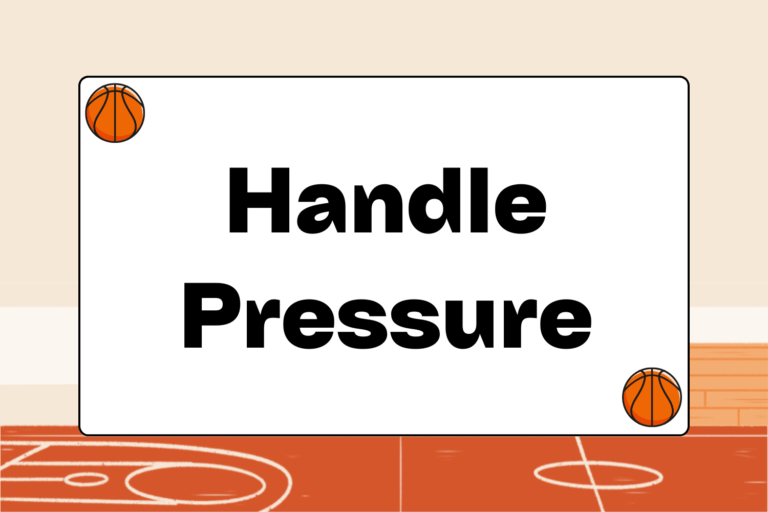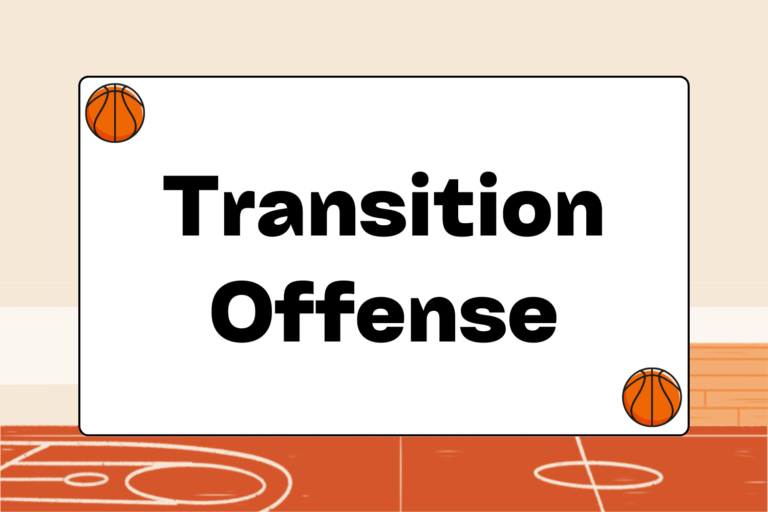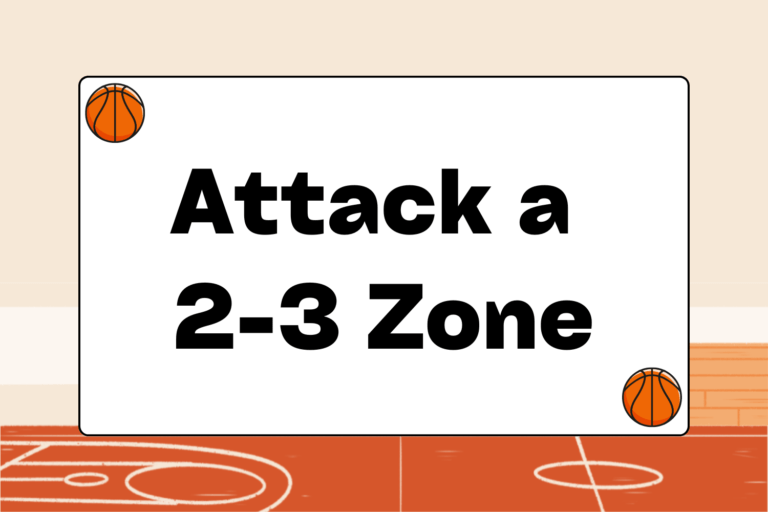You and the hardwood used to be inseperable; basketball was your game and you were good at it. But somewhere along the line, your devotion to the court started to falter. You tried the long distance relationship — paying the hardwood a visit a few times per year — but it just wasn’t the same. Each meeting seemed to end in pain (shin splints, lower back aches, sprained ankles) and regret.
So you made the toughest decision of your career: You hung up the sneakers for good.
Your playing days may be behind you, but that doesn’t mean you can’t still be involved in the game you love. Coaching is a great way to satisfy your basketball cravings, and it gives you the opportunity to mold the next generation of ballers. Here are a few tips to help you break into the coaching ranks.
Determine Your Coaching Style
Before you write your first practice plan or call your first team meeting, you need to determine your coaching style. The key to deciding what style best fits you is to look inward. Being aware of your personality and your quirks will allow you to develop a style that can foster a positive experience for your team. If you’re a naturally outgoing person, then let that shine through when you coach. If you’re a quiet person, then feel free to be a quieter coach. Whatever you do, don’t feel like it’s necessary to adopt the style of some famous coach that you idolize.
Learn the Game
If you are looking to coach, chances are you probably already know the game of basketball fairly well. But that doesn’t mean you can’t continue to educate yourself. The best coaches are steadfast students of the game. Here are a few study tips for beefing up your basketball IQ (don’t worry, there won’t be a pop quiz):
- Review the rule book: Even if you consider yourself an expert on basketball rules, it would be beneficial to at least skim the rule book. Not only are there slightly different rules for the various levels of play, but there are also rule modifications every year.
- Observe other coaches: Watching coaches work helps you determine what you like about their styles and what you don’t. Incorporate those techniques accordingly into your coaching.
- Watch as many games as possible: The more basketball you watch, the more prepared you will be to deal with situations as they come your way.
- Attend summer camps: Coaching at summer camps can be a great way to stay up on current basketball trends and network with other coaches.
Decide What Level to Coach
The first step in securing a coaching position is determining what level you would like to coach. If you’re feeling apprehensive about whether you will be successful in your gig, look to start off at the junior level (11 to 13 year olds), or maybe with even younger kids (ages 6 to 10). At these levels, there isn’t much pressure to win games, and the emphasis is really on basic skill building so players enjoy themselves and prepare for more competitive play.
You also may find that the best teaching opportunities can come while working with these age groups. If you want to feel that you have made an impact in teaching the game and its core skills, you would be best off starting at a younger level. There, your hard work will lead to very tangible results in the form of improved skills and athleticism, not to mention smiles from young children and their parents.
If winning and competitiveness are your main focuses, then it’s probably a good idea to coach high school. On the varsity level, players’ core skills should be pretty much in place, so much of your job will be focused around keeping them mentally prepared for games and the season as a whole. Teaching players how to have the necessary intensity and determination during practices and games is paramount with this age group.
If you have collegiate playing experience, many high schools will put you right in the running to be their next varsity coach. However, many coaches find that coaching youth teams can be much more rewarding than working with the older kids.
Choose a System
If you played organized basketball at some point, then there’s a good chance you have already been exposed to various systems. That means you already have an idea of which types of offensive and defensive sets you like and which ones you don’t. But personal preference isn’t the only factor that should go into choosing a system. You must consider a variety of factors and then select the system that best fits your team.
Here are two factors to consider in particular when choosing a system:
- Team personnel: Some basketball offensive sets work best with certain types of players. For example, full-court trap presses are generally most effective with speedy players. Consider your team’s strengths and weaknesses before choosing a system.
- Skill/Age level: The lower the skill level or the younger the age group, the simpler your system should be. You’re asking for punishment if you try to implement the Princeton Offense on a 12-and-under youth team.
Go For it!
One of the biggest keys to being a successful coach is to always remember that players are going to make mistakes, and there isn’t much you can do about it in the heat of the moment. Focus your efforts on getting players mentally prepared to play the games and face difficult game situations. Demand that players take practice seriously and strive to improve their skills on the court. Then let your knowledge of and love for the game take care of the rest!





